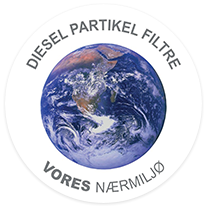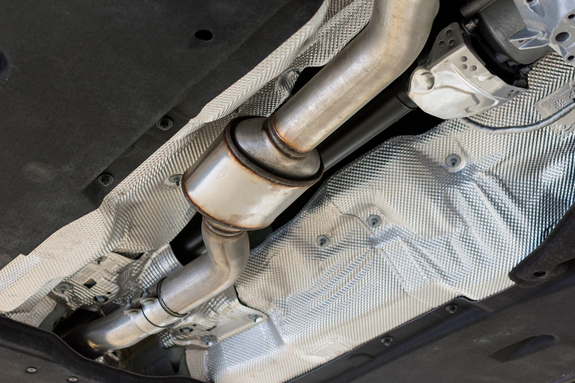Despite the common believe, even SCR converters can be clocked with sod particles.
The good news is that it can be cleaned.
A diesel engine can be designed in a way, which minimizes its NOx and sod emissions. However you have to make compromises, as a tuning of the engine giving the lowest NOx values also gives the highest amount of sod particles and vice versa. This is due to the fact, that lowering the temperature of the combustion, reducing the creation of NOx, increases the production of sod particles, because a lower temperature as a result decreases the efficiency of the combustion, leaving a higher amount of non burned particles.
SCR (selective catalytic reduction) works by oxidizing the particles so that they “burn”.
This process has the disadvantage, that it produces a high amount of NOx.
NOx however, can be removed from the exhaust gas by injecting a reduction medium, which by the influence of a proper catalytic converter, can be brought to react with the NOx, selectively reducing it to harmless N2. The only medium, allowing this process to take place has shown to be ammonia.
As this process is very difficult to administer, and at the same time calls for a certain temperature over a period of time, the system often is unable to keep itself free of sod particles.
Even though the truck, to a certain extent, can work with an increased amount of sod in the converter, this will lead to an increased fuel consumption, and worst case, the converter will smelt down due to ignition of unburned particles.
The need for cleaning is set by the driving cycle of the truck.

